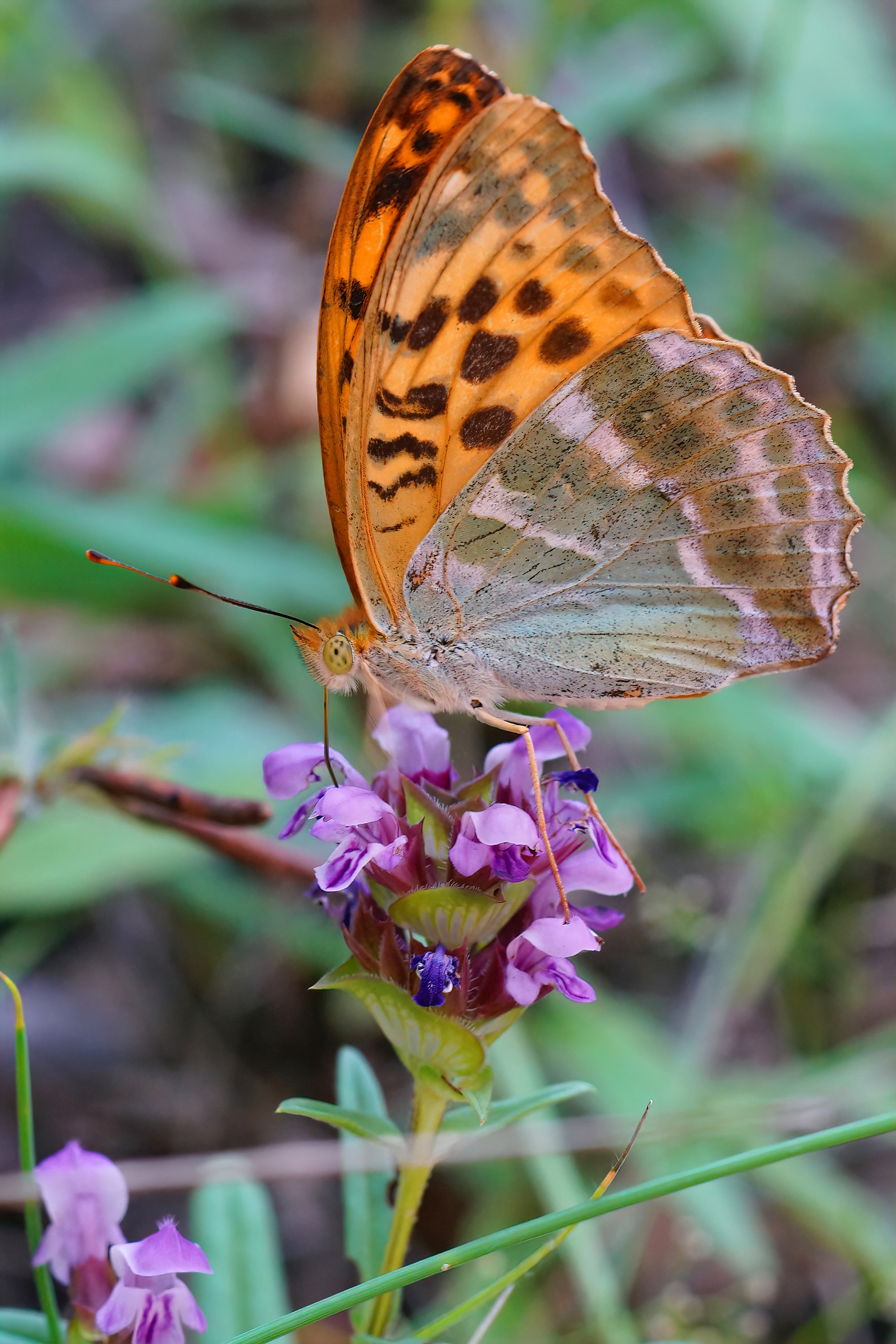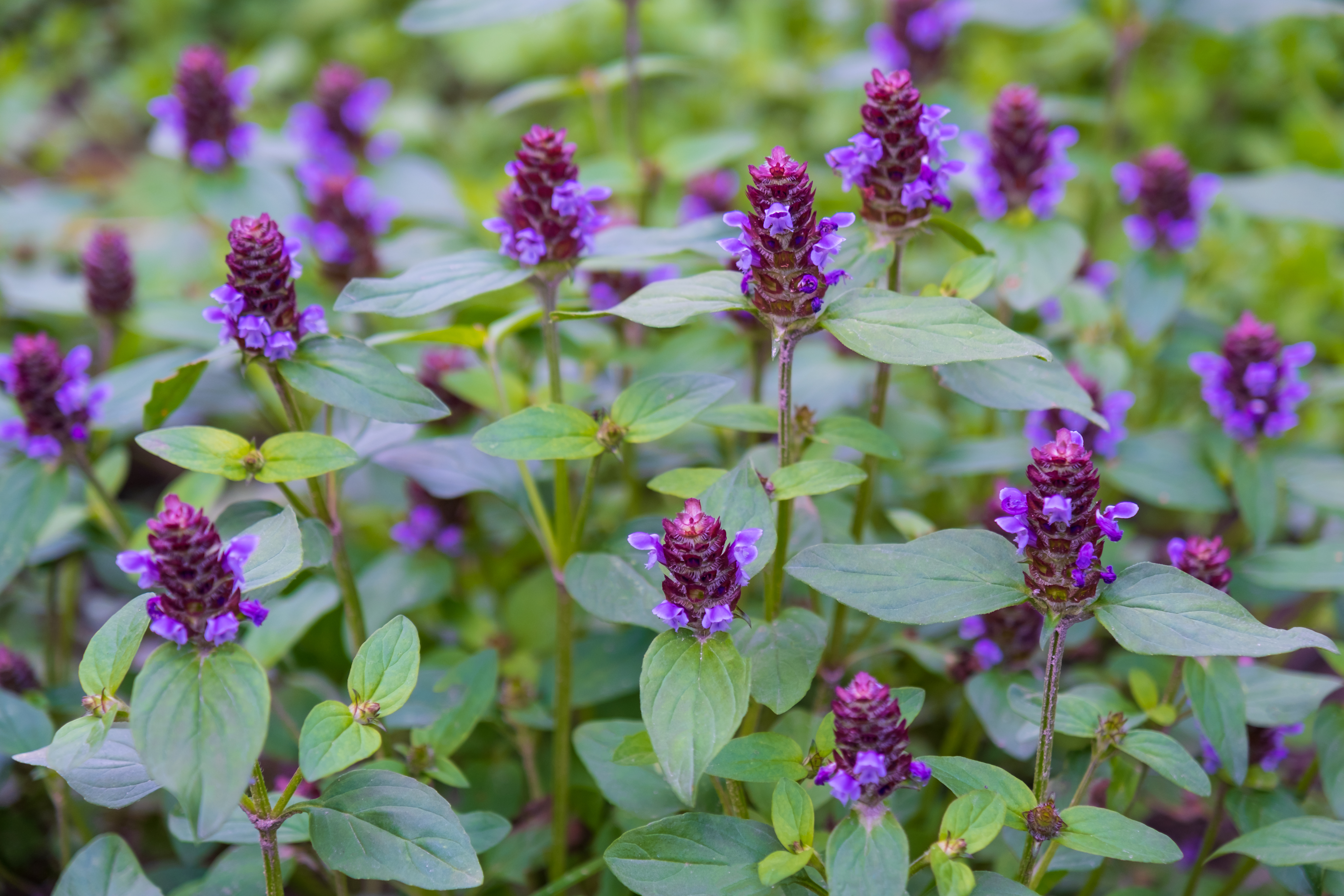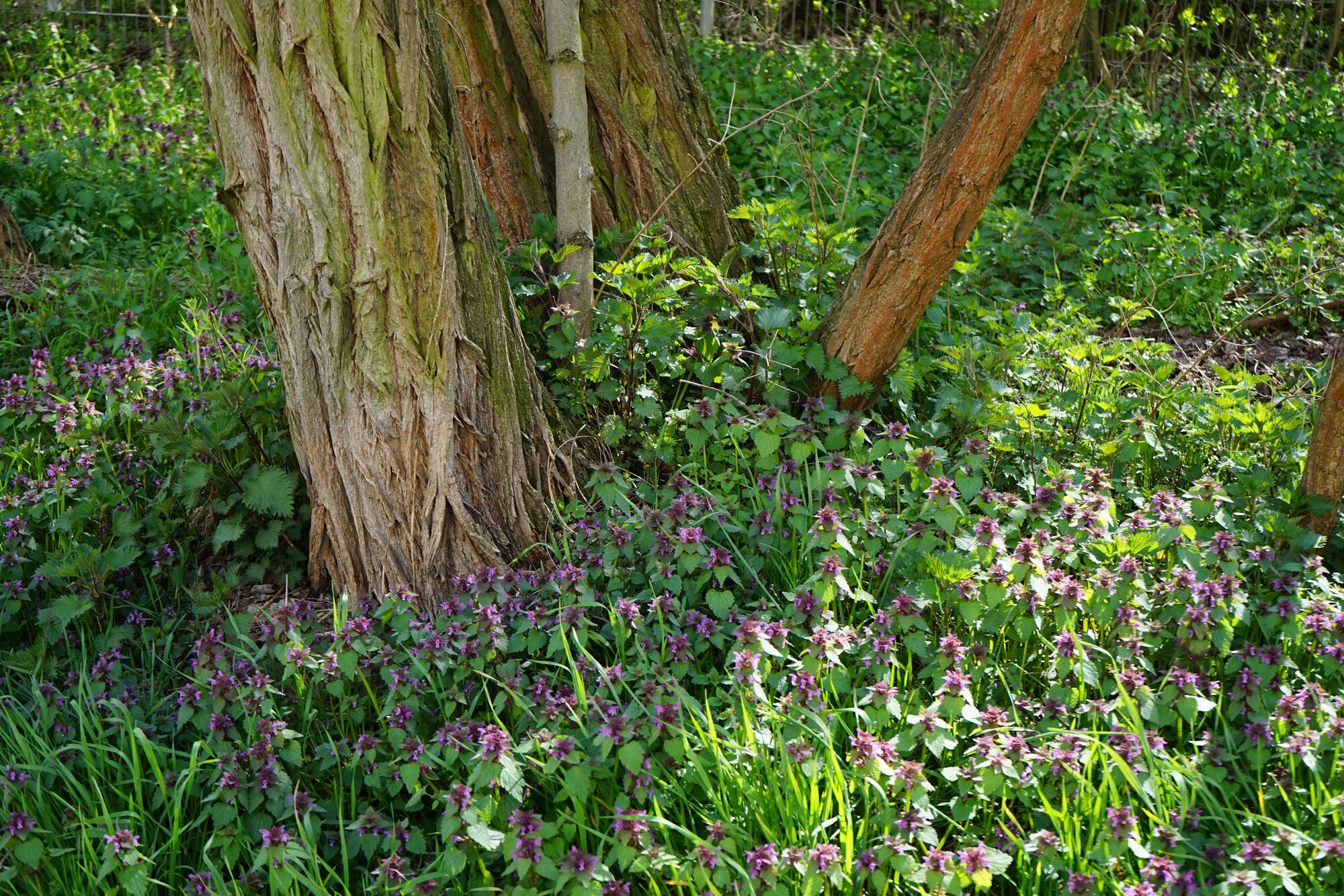Brownwort - Flower of the year 2023

Small but mighty
Brownwort (Prunella vulgaris) also called carpenter's herb, blue curls, common self-heal or heart-of-the-earth is a hardy, mostly perennial, herbaceous plant. Belonging to the labiates family, it forms stems 5-30 cm long, making it a rather small, dainty-looking, yet persistent herb. Compared to the large-flowered selfheal, the "little sister" has smaller foliage and the uppermost pair of leaves is not detached from the inflorescence. The name brownwort may be derived from the brown, faded sepals that enclose the blue-purple petals and make the inflorescence look like small pine cones.
Creeping food supply
The small plant spreads via above-ground rooting stolons, through which it can carpet, creep, and reproduce in immediate surroundings. With its many small, blue-purple single flowers, which sit crowded at the end of the shoot, the little brownelle offers nectar and pollen during its long flowering period from June to October. Especially bumblebees and wild bees, but also many butterfly species, are among the visitors and find food here.

Hardy yes, but...
The brownwort is at home in meadows and pastures, roadsides and forest clearings as well as on lawns, preferring sunny and bright places. It is native mainly to Europe, temperate Asia, North Africa and North America, although it is now found almost worldwide.
The biggest enemy of the brownwort is too frequent mowing and fertilizing, which drives it out of meadows and pastures. Similar to daisies, it is a rather robust and stubborn plant, which can survive well in mowed lawns and can also tolerate feeding and treading. Nevertheless, populations have declined in some regions of Germany in recent years. Too frequent mowing means too little time for regrowth and for flowers and seeds to form. Weed control, whether mechanical or with herbicides, also makes it very difficult for the brownwort and other wild plants. The even greater danger, however, is a high nitrogen input into the environment. Fertilizers, manure, feed imports, etc. lead to overfertilization of the little browwort's habitats, so that nitrogen-loving plants, such as stinging nettle and dock, grow larger and larger, spreading further and further and driving out smaller wildflowers.
Formerly used as a medical herb...
The genus name Prunella is derived from Brunella, a word which comes from the German term Bräune, which is the popular name for the disease diphtheria. At that time, this disease was usually treated with Prunella vulgaris - the brownwort. So traditionally it was used as a medicinal herb, because its ingredients have antibacterial, healing and regenerating effects. In Chinese medicine, the is used especially for fever, headaches and high blood pressure. Externally, as a tincture or ointment, it can also help with minor injuries and wounds.
...today rather as a spice plant
Dried flowers can be used as a tea. The young, non-flowering parts taste slightly bitter and are therefore suitable for use in salads or for seasoning dishes.


